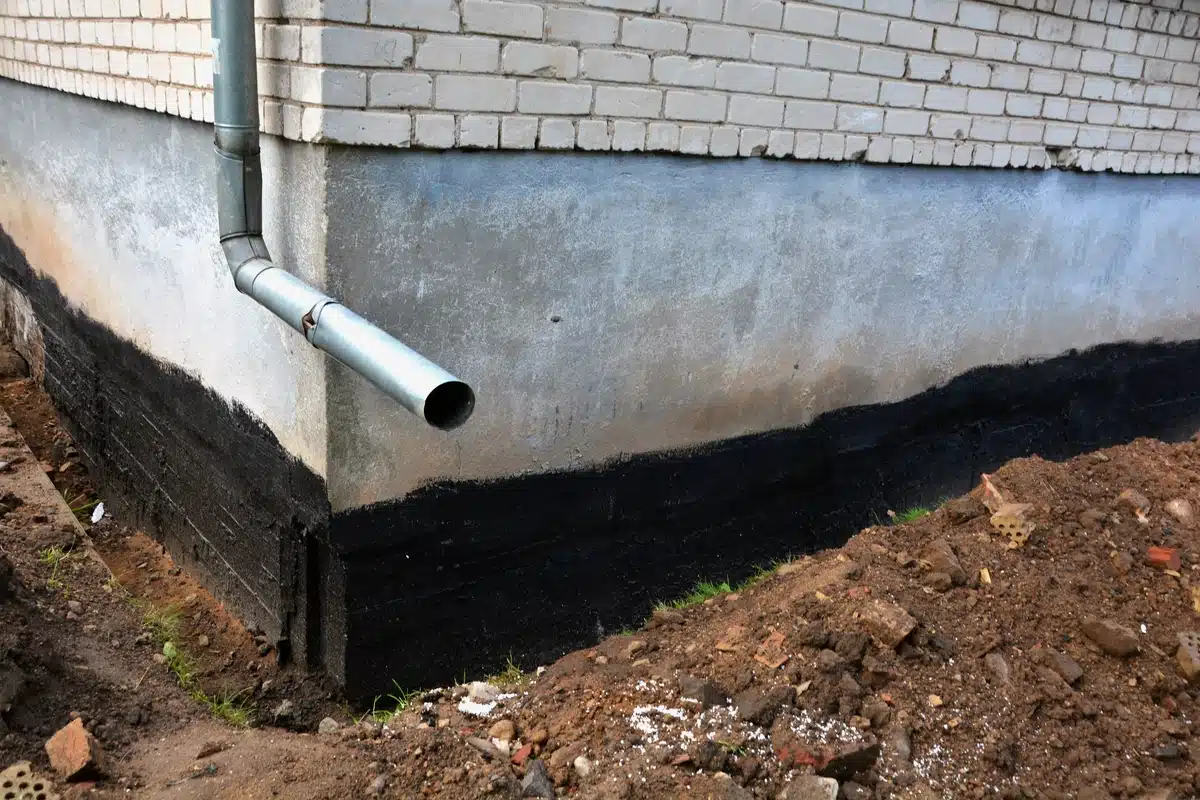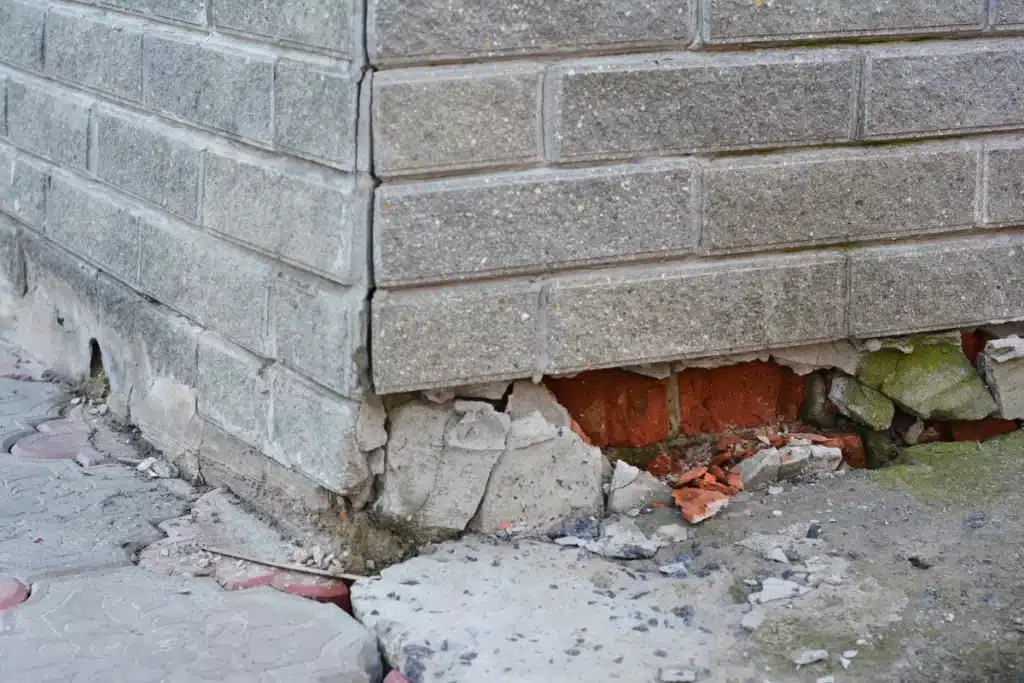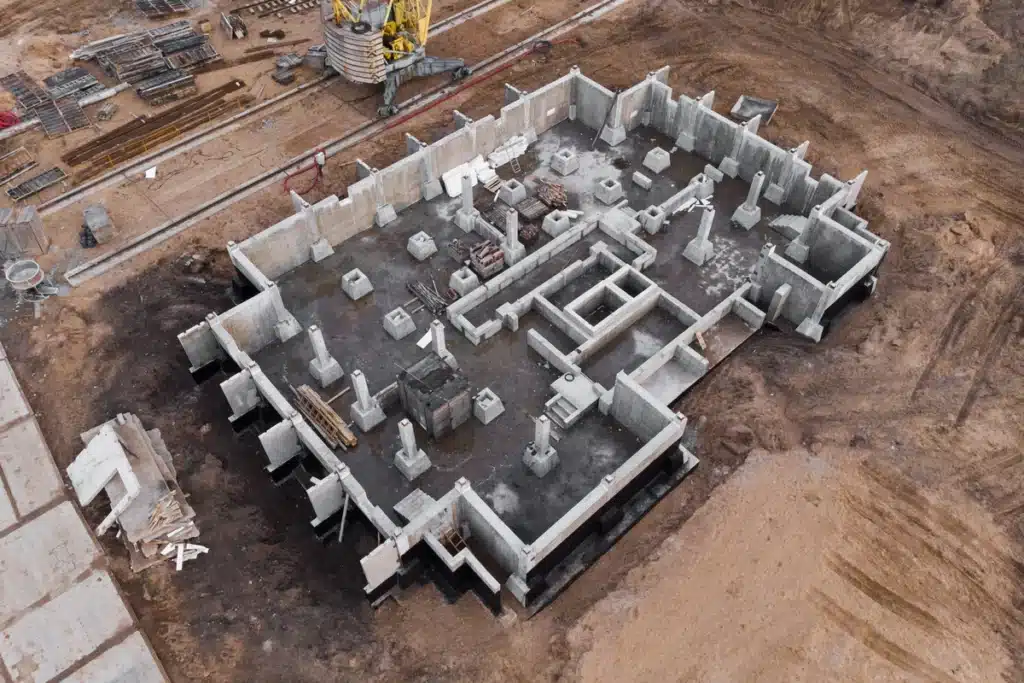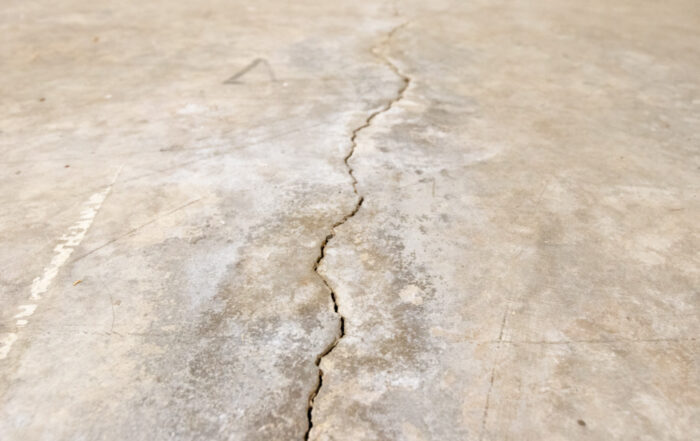What Is The Best Foundation Repair Method? (Pro Advice)

Question: how often do you think of your foundation?
If your answer was “never,” you are certainly in good company. After all, we all lead busy lives. And few of us are foundation experts.
However, that lack of expertise can work against us, particularly when our foundation needs to be repaired. You can be left feeling:
- Stressed
- Uncertain
- Scared
Luckily for you, you have an expert on your side! If you are wondering what is the best foundation repair method for your home, we are here to help! Keep reading to learn all that you need to do about the various foundation repair methods available to you.
Signs Your Foundation Needs to Be Repaired

It can be tricky for the average homeowner to know when their foundation needs repairing. We’ve pulled together some of the most common signs so that you can catch the damage early on.
- Wall Cracks – By far, the most common sign of foundation damage is the formation of hairline cracks on the exterior walls of your home. You’ll want to look for large horizontal cracks that may or may not have a zigzag pattern.
- Fixtures Moved – If your cabinets and countertops are slowly separating from the wall, you’ll want to call on a foundation expert right away. This indicates that the foundation of your house is shifting.
- Warped Walls – Does your wall look like it is bowing inward? This is a sure sign that your foundation is having problems and should be assessed quickly by a contractor.
- Mold and Mildew Growth – Mold and mildew growth aren’t uncommon occurrences in properties, particularly in areas like attics and basements, where it is easy for moisture to collect. If you can’t find the source of the smell, though, it may be that the mold is forming in the cracks of your foundation.
What Causes Foundation Damage?
Now that you know what the signs of foundation damage are, it is a good idea to educate yourself on what can cause foundation damage in the first place.
Foundation damage can be caused by a variety of factors. One of the biggest causes is moisture being in areas that you do not want it to be in. This can lead to improper drainage that can rot your foundation or cause swelling and shrinking.
However, your problem may go deeper than that. That’s right, we’re talking about the soil that your home is built on. Low-quality soil can shrink and expand, which will often cause the foundation to move as well.
5 Foundation Repair Methods
If your foundation is damaged, you aren’t out of luck. Professional foundation contractors will have many solutions at their disposal to try and help keep your home in tip-top shape. Here are a few of the most common methods.
1) Concrete Pressed Pilings
Concrete pilings are one of the most effective foundation repair methods and are used by contractors all over the country.
The concept is simple. Your contractor will dig a deep hole at the side of your home and insert large concrete cylinders within them. These cylinders help to stabilize your foundation and keep it from shifting.
2) Concrete Piers

Concrete piers are another common form of foundation repair. Similarly to concrete pilings, deep holes are drilled underneath the foundation. These holes are then filled with liquid concrete. Once the concrete piers have fully cured, your construction crew will lift the building and stabilize it.
3) Steel Piers
Steel piers have long been thought of as the gold standard of foundation repairs. The steel piers are attached to a hydraulic jack that is drilled below the foundation and inserted in stable soil. The same hydraulic jacks can then lift the house back into position.
4) Polyurethane Foam Jacking
This method is a great option for homes that need a little boost. It is typically used to fill voids in cases where the soil structure has become unstable.
Your foundation contractor will drill small holes into the concrete slab before injecting the polyurethane foam with an injection gun. The material will then expand and fully fill any gaps.
5) Slab Jacking
Slab jacking – also known as mud jacking – is a form of concrete foundation repair. It is similar to polyurethane foam jacking in the sense that it fills any gaps in the concrete or underlying soil.
Your foundation repair expert will drill several holes into the concrete slab foundation. Those holes will then be filled with a mixture of water and solid materials. Once the holes are plugged, you are good to go!
Foundation Maintenance Tips
Hoping to avoid dealing with foundation issues in the future? Here are some maintenance tips you can take to make sure your home is safe for years to come.
- Fill Cracks – Filling minor cracks that you find in an efficient manner will help you to keep the problems minimal.
- Schedule Regular Inspections – One of the best ways to make sure your foundation stays in premium shape is to schedule regular inspections with your local foundation repair company. They will be able to spot any major problems before they progress too much.
- Yard Maintenance – Keeping your yard well-manicured is a great way to take care of the health of your foundation. This involves trimming any shrubbery or vegetation that is near your home and staying alert to any pooling water.
Talk With a Foundation Pro!
Ready to get a handle on your foundation problems? Let the team at Perma Pier Foundation Repair help you out! Our team of foundation experts has the knowledge and experience to help transform your home and keep it functioning properly. Contact us today to schedule your home’s foundation evaluation.



